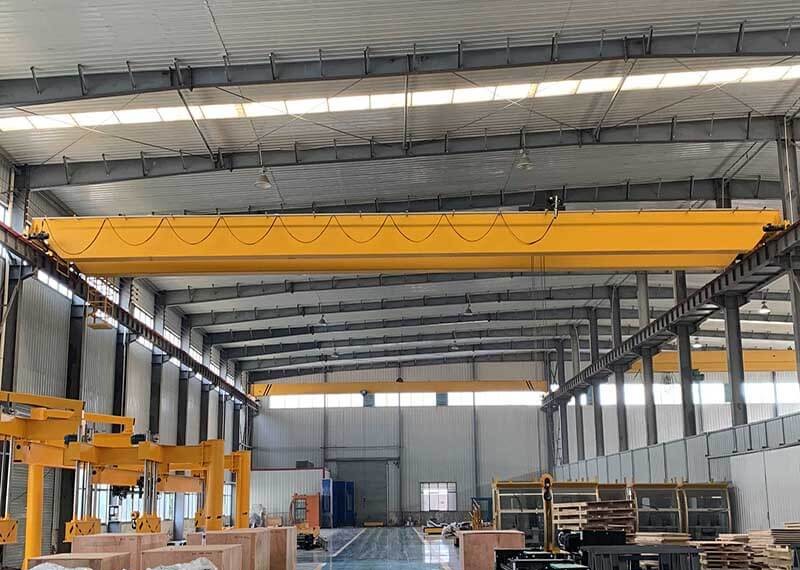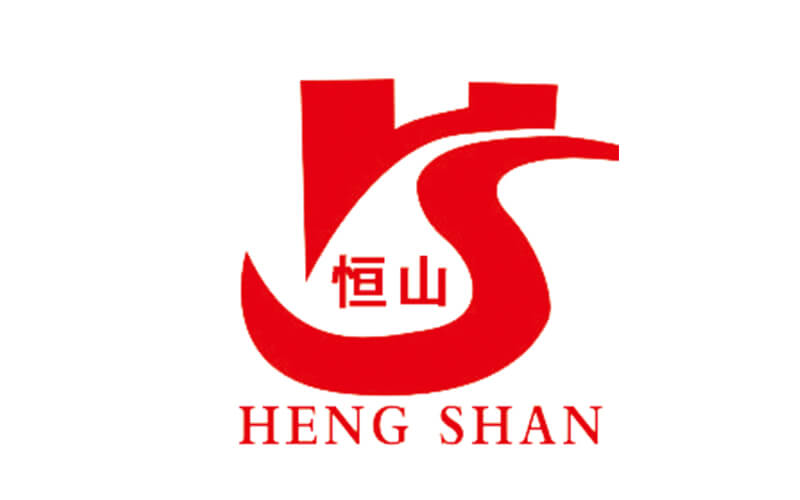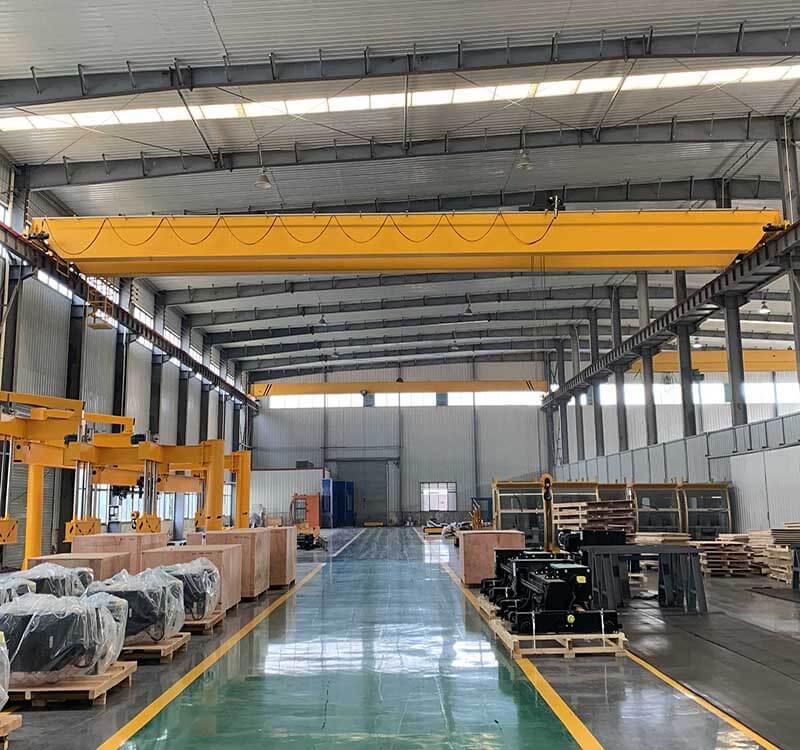
The hazards of bridge cranes gnawing rails
When the bridge crane is in normal operation, a certain gap must be maintained between the edge of the wheel and the operating track. The design scheme has a large gap of 30-40mm. However, under extreme conditions, the wheel does not operate in the middle of its tread, the edge and the side of the rail. Extruding and forming friction with each other will cause common failures of rail gnawing and endanger the safe operation of cranes.
Injury caused by bridge crane gnawing rail
1. Reduce the service life of wheels and rails. Under all normal application conditions of the primary type of overhead crane, the wheel reel can be used for ten years or more. However, the service life of the wheel reel is difficult to exceed one year for the more severely gnawed bridge crane, and some even only a few Months, leading to frequent dismantling and replacement of car wheels. The friction on the side of the rail also reduces the service life of the rail. When it is more serious, the rail is damaged after only 3 to 5 years of application.
2. Improve operation friction resistance. According to measurements, the operating frictional resistance of a bridge crane with severely gnawing rails is 1.5-3.5 times that of normal operating friction resistance, resulting in increased loads on the motor and transmission mechanism and even overweight. In severe cases, the motor may be ablated or the transmission mechanism may become invalid. Overhead cranes are at risk of derailment. When the bridge crane gnaws the track more seriously, the edge of the wheel is extruded and deformed, and it is likely to climb onto the top of the rail and cause a derailment accident.
3. Harm to the structure of industrial plants. Crane gnawing on the rail can easily cause horizontal lateral force, causing the rail to deviate laterally, and loosening the anchor bolts that are fixed to the rail. In addition, the lateral force is transmitted to the steel roof truss of the industrial plant according to the track, which seriously harms the bearing capacity standards of the cable bridge and the industrial plant, causing the steel roof truss to loosen or break.



